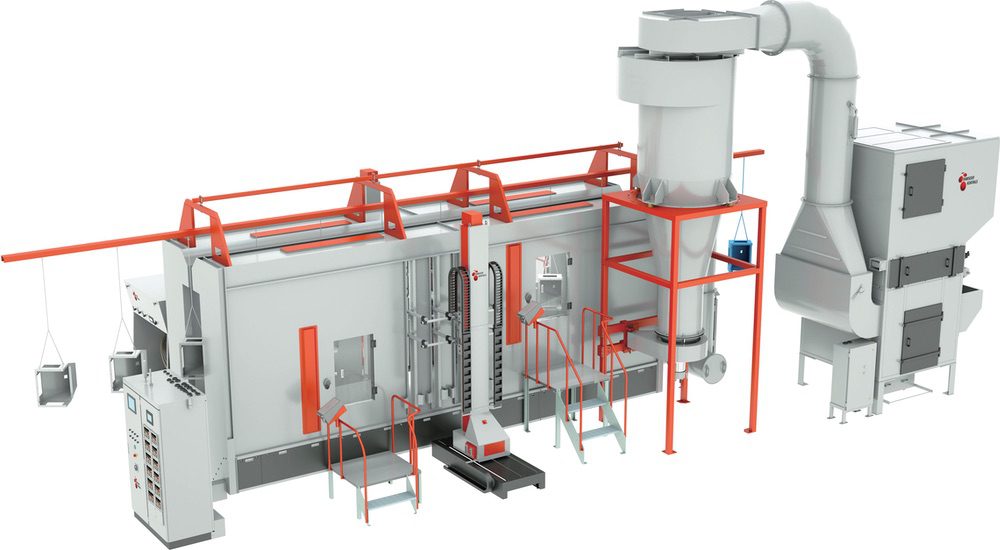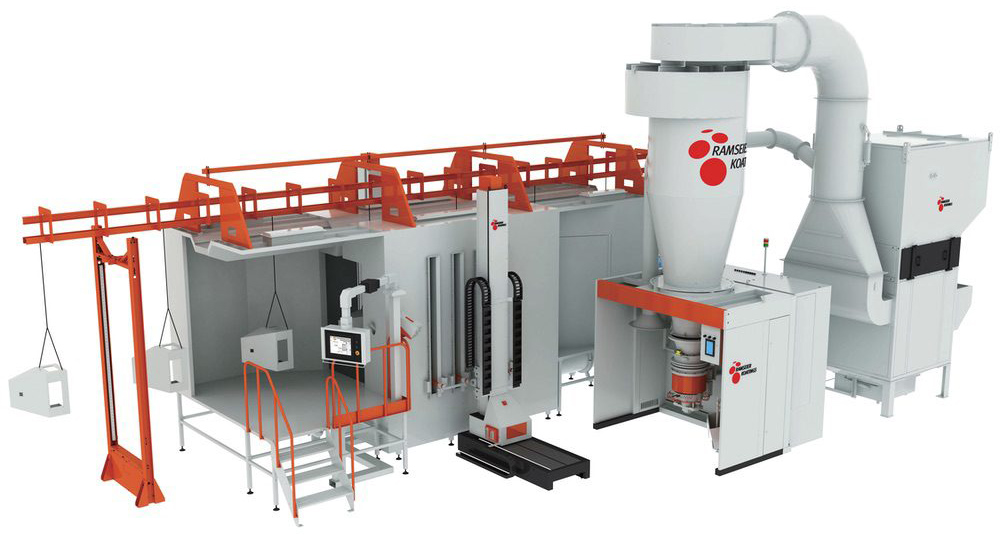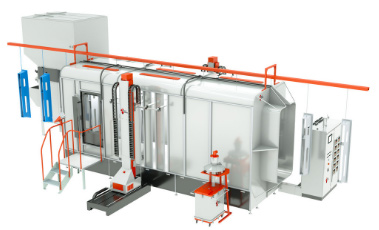
+852 2363 2511
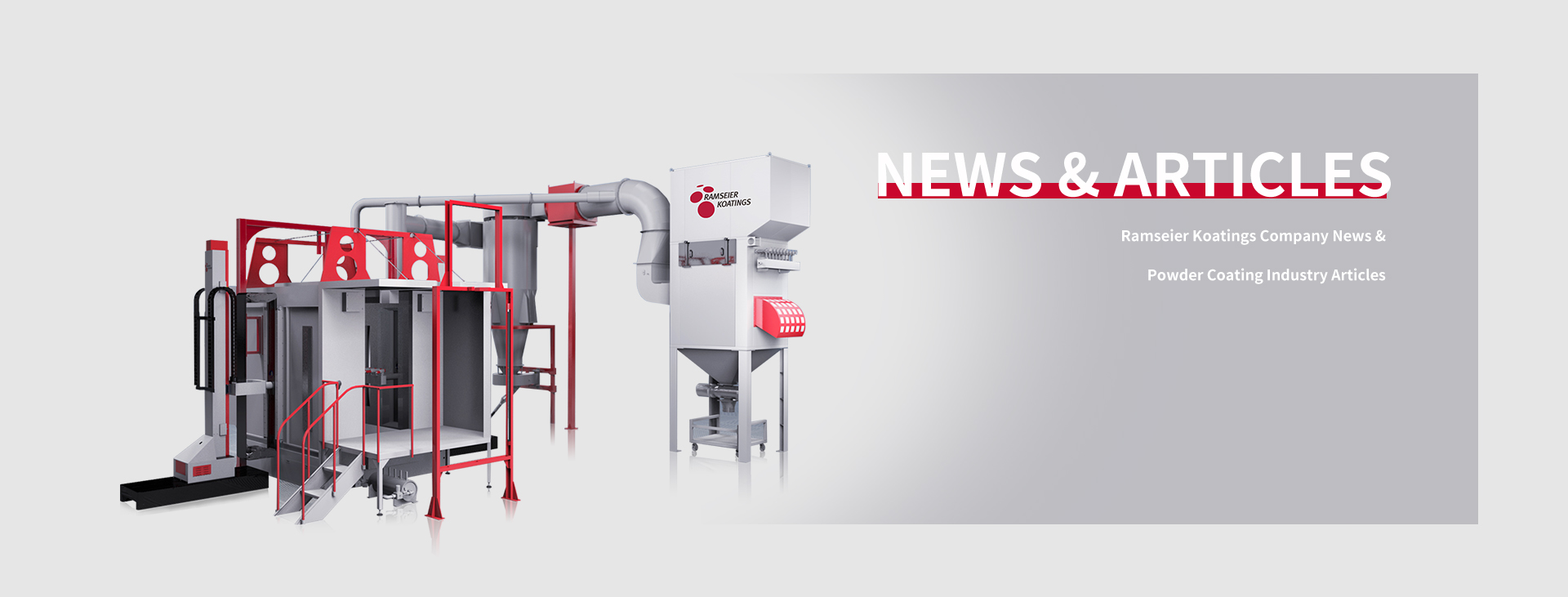







When you need a metal surface to last longer and be safer from damage like rust and chemicals, a process like powder coating can help you achieve that. Manufacturers in various industries powder coat metal for protection and to ensure the durability of structures and products. Knowing how to properly powder coat metal ensures that the process is done according to the required standards to achieve the best results.
Powder coating is among the popular methods manufacturers utilize to make metals more durable and more resistant to damage.
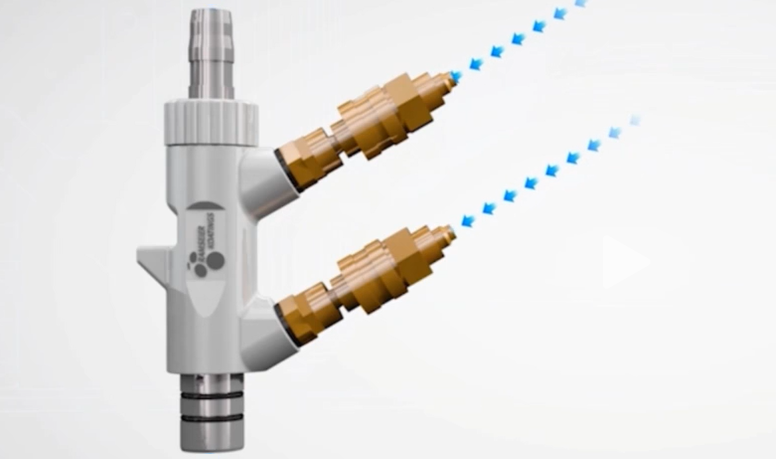
● Cleaning supplies: unless the metal is already clean, it needs pretreatment to get rid of dirt, oil or rust. The right cleaning supplies, which include water and blasters, ensures a metal is clean so the powder coat binds on it properly for an even, long lasting protective layer.
● A spray gun or a powder coating system: These devices apply a charged powder coat on a metal surface. Powder coating systems are suitable for commercial powder coating establishments, enabling technicians to get more metal coated in the shortest time possible.
● A curing oven: This is used to ensure the powder coat forms uniformly on the metal for proper coating application.
● Personal Protective Equipment (PPE): With the world having overcome a pandemic, we all know what a PPE is. In the case of powder coating, PPE is protective clothing for the body, including gloves and a respirator. Powder coating exposes one to dust and wearing a respirator prevents the inhalation of the dust, safeguarding the breathing system.
Knowing how to powder coat metal is a process that involves several steps.
You have everything you need to powder coat metal, the skill and tools. Before you start to powder coat, you need to ensure the metal is clean. That means getting rid of any dirt, oil, or dust on the metal surface. It there is rust, get rid of it first. Cleaning metal can involve using a surface primer, blasting to remove rust, paint, or scale or washing to get rid of unwanted particles on the metal that needs powder coating. The product used to clean metal will depend on its condition.
Cleaning the metal ensures that the powder coating forms effectively on the surface. You want to have a uniform, neat coat free of uneven parts.
Powder coating metal is done using a powder gun. The gun releases charged powder that sticks to the metal surface you are working on. A spray gun is simple to utilize, making it efficient for both beginners and professionals.
Since we are dealing with powder here, you can be certain that some of it will end up on your floors and the air around you. That is where a powder coating booth comes in handy. It helps you contain the overspray just around the metal you are powder-coating to prevent it from spreading.
However, if you have adequate space and not concerned about the powder spreading, you may not need a spray booth.
After a metal is coated used a spray gun, it goes through a curing process. This is where metal is put in a curing oven, which can be heated to 356°F or higher. The job of a curing oven is to ensure the powder coat melts to create a uniform protective layer on the metal.
How much time a metal spends in a curing oven will depend on its sizes, so smaller surfaces take less time while larger ones need more time.
Once the curing process is complete, the metal is removed from the oven and allowed to cool. After that, it is checked to ensure it was properly powder coated and has no defects. It can then be stored for delivery or for later use.
Powder coating metal requires skill. In as much as there is a spray gun that you point and spray, you need to have knowledge of how powder coating works. That way, you are aware of the cleaning processes, how to use it, how to set different parameters for powder coating and how to cure metal after applying the charged powder.
Manufacturers provide simple and complex powder coating devices to meet the varying needs of customers. If you intend to powder coat metal, understanding the powder coating process is vital. That way you know the processes involved to ensure the application is done properly to achieve a uniform, durable protective layer on metal.
